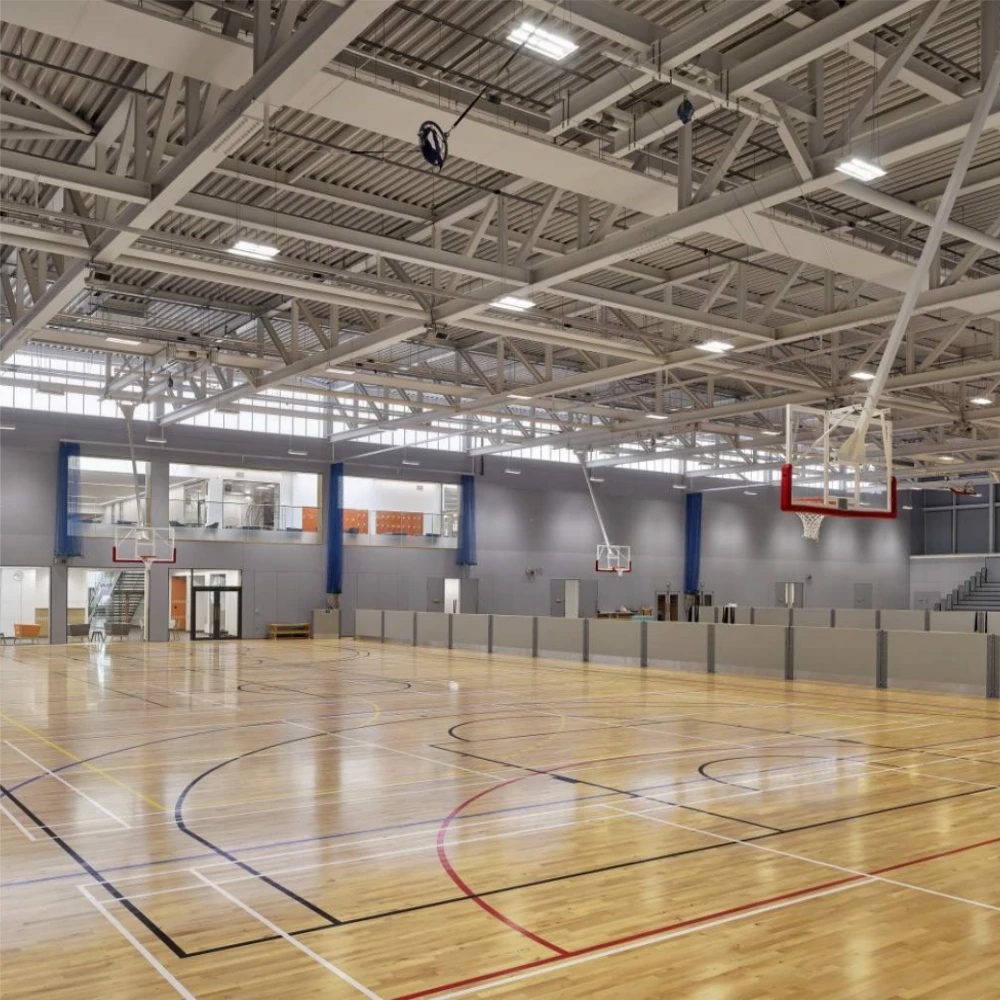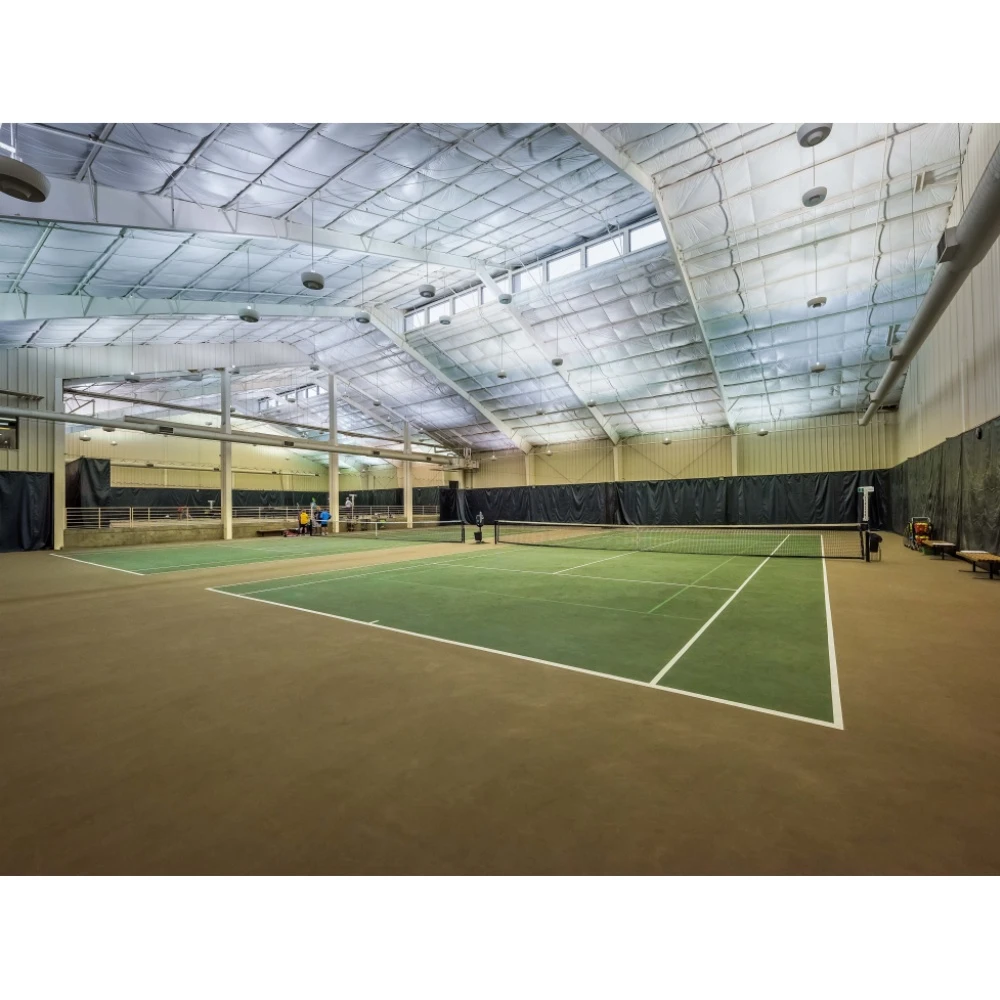- Африканский
- албанский
- амхарский
- арабский
- Армянский
- азербайджанский
- Баскский
- белорусский
- Бенгальский
- Боснийский
- болгарский
- каталанский
- кебуано
- корсиканец
- хорватский
- Чешский
- датский
- Голландский
- Английский
- эсперанто
- эстонский
- финский
- Французский
- фризский
- галисийский
- грузинский
- Немецкий
- Греческий
- Гуджарати
- гаитянский креольский
- хауса
- гавайский
- иврит
- Неа
- Мяо
- Венгерский
- исландский
- игбо
- индонезийский
- ирландский
- итальянский
- Японский
- яванский
- Каннада
- казахский
- кхмерский
- Руандийский
- Корейский
- курдский
- киргизский
- туберкулез
- латинский
- Латышский
- Литовский
- Люксембургский
- македонский
- Малгаши
- малайский
- малаялам
- мальтийский
- маори
- Маратхи
- Монгольский
- Мьянма
- непальский
- Норвежский
- Норвежский
- окситанский
- пушту
- персидский
- Польский
- португальский
- панджаби
- румынский
- Русский
- Самоанец
- Шотландский гэльский
- сербский
- Английский
- Шона
- Синдхи
- сингальский
- словацкий
- словенский
- Сомали
- испанский
- суданский
- суахили
- Шведский
- Тагальский
- таджикский
- тамильский
- татарский
- телугу
- тайский
- турецкий
- туркменский
- украинец
- урду
- уйгурский
- Узбекский
- вьетнамский
- валлийский
- Помощь
- идиш
- Йоруба
- Зулу
Июл . 14, 2025 10:50 Обратно к списку
In the evolving landscape of construction, prefabricated structures have emerged as a transformative solution, combining efficiency, durability, and versatility. Among these, prefab insulated metal buildings, prefab metal building, prefab steel frame buildings, prefab steel buildings, and prefab steel warehouse stand out as key innovations. These systems leverage pre-engineered components to streamline construction processes while meeting diverse needs, from industrial storage to commercial spaces.

The Advantages of Prefab Insulated Metal Buildings
Prefab insulated metal buildings offer a seamless blend of thermal efficiency and structural integrity. These buildings feature integrated insulation within metal panels, reducing energy costs by minimizing heat transfer. For instance, in cold climates, the insulation prevents condensation and maintains interior temperatures, making them ideal for warehouses or manufacturing facilities requiring climate control. The prefabricated nature of these structures ensures precise panel alignment during installation, eliminating gaps that could compromise insulation performance. Additionally, the metal exterior provides resistance to fire, pests, and harsh weather, enhancing the building’s longevity and reducing maintenance needs.
Versatility and Speed of Prefab Metal Building Systems
Prefab metal building systems are celebrated for their adaptability across various applications. Whether used for agricultural storage, retail spaces, or industrial workshops, these structures can be customized in size, layout, and design. The prefabrication process involves manufacturing components off-site, such as walls, roofs, and trusses, which are then assembled on-site with precision. This reduces construction time significantly compared to traditional methods, as components are ready for installation upon arrival. For example, a prefab metal building for a small business can be erected in days rather than weeks, allowing for faster occupancy and cost savings on labor.
Strength and Design Flexibility of Prefab Steel Frame Buildings
Prefab steel frame buildings provide a robust foundation for large-scale structures, combining strength with design flexibility. The steel frames are engineered to withstand heavy loads, high winds, and seismic activity, making them suitable for regions with challenging environmental conditions. Architects and engineers can design open-span interiors without load-bearing walls, offering versatile space for applications like event halls or aircraft hangars. Moreover, the steel frames can be easily modified or expanded, allowing businesses to adapt their facilities as needs grow. For instance, a prefab steel frame building used as a warehouse can be extended with additional bays by integrating prefabricated steel components.
Durability and Cost-Efficiency of Prefab Steel Buildings
Prefab steel buildings are renowned for their durability and long-term cost-effectiveness. Steel is a non-combustible material, meeting strict fire safety standards, and its resistance to rot and corrosion ensures minimal upkeep. Unlike wooden structures, steel buildings are not susceptible to termite damage or warping due to moisture, making them a reliable choice for humid or coastal environments. The prefabrication process also minimizes material waste, as components are cut to exact specifications in controlled factory settings. This efficiency, combined with the speed of installation, lowers overall construction costs, making prefab steel buildings a financially smart option for both commercial and industrial projects.
Functional Design of Prefab Steel Warehouses
Prefab steel warehouse structures are optimized for storage and logistics, offering large, unobstructed spaces and advanced functionality. These warehouses often feature high ceilings to accommodate forklifts and pallet racking, as well as multiple loading docks for efficient cargo handling. The prefabricated steel components allow for clear-span designs, maximizing usable floor space without interior columns. Additionally, prefab steel warehouses can be equipped with specialized features such as mezzanine floors for office spaces, ventilation systems, or solar panels on the roof for energy efficiency. Their modular design enables phased construction, allowing businesses to expand storage capacity as their inventory grows.
FAQ: Key Considerations for Prefab Metal Structures
What factors influence the cost of a prefab insulated metal building?
Costs depend on size, design complexity, insulation requirements, and site conditions. Larger structures or those with custom features (e.g., specialized doors, windows) incur higher costs. Site preparation, such as grading or foundation work, also impacts the total expense. Energy-efficient insulation options may have a higher upfront cost but offer long-term savings on utility bills.
Can prefab steel buildings be customized for specific architectural styles?
Yes, prefab steel buildings can be customized with various exterior finishes, such as metal siding, brick veneer, or composite panels, to match architectural aesthetics. Roof styles, such as gable, hip, or flat, can also be adapted to suit design preferences while maintaining structural integrity.
How long does it take to install a prefab metal building?
Installation times vary but are typically significantly faster than traditional construction. A small prefab metal building (e.g., 1,000–2,000 square feet) can be erected in 1–2 weeks, while larger structures like prefab steel warehouses (10,000+ square feet) may take 3–6 weeks, depending on complexity and site readiness.
Are prefab steel frame buildings environmentally friendly?
Steel is highly recyclable, making prefab steel frame buildings a sustainable choice. Many manufacturers use recycled steel in their components, and the efficient prefabrication process reduces material waste. Additionally, energy-efficient insulation in prefab insulated metal buildings lowers carbon footprints by reducing heating and cooling demands.
What maintenance is required for prefab steel structures?
Regular maintenance includes inspecting for loose fasteners, cleaning gutters, and checking for rust on exposed steel components. Most prefab steel buildings have protective coatings to resist corrosion, but touch-ups may be needed in areas with heavy moisture or salt exposure. Insulation should be periodically checked for damage or moisture infiltration to maintain energy efficiency.
-
How Do Prefabricated Steel Structures Transform Modern Construction?
НовостиJul.14,2025
-
How Do Prefabricated Metal Buildings Redefine Modern Construction?
НовостиJul.14,2025
-
How Do Pre - Engineered Steel Structures Redefine Modern Construction?
НовостиJul.14,2025
-
Advancing Modular Construction with Prefabricated Metal Structures
НовостиJul.14,2025
-
Advancing Industrial Infrastructure with Prefabricated Steel Solutions
НовостиJul.14,2025
Категории товаров
Наши последние новости
We have a professional design team and an excellent production and construction team.












